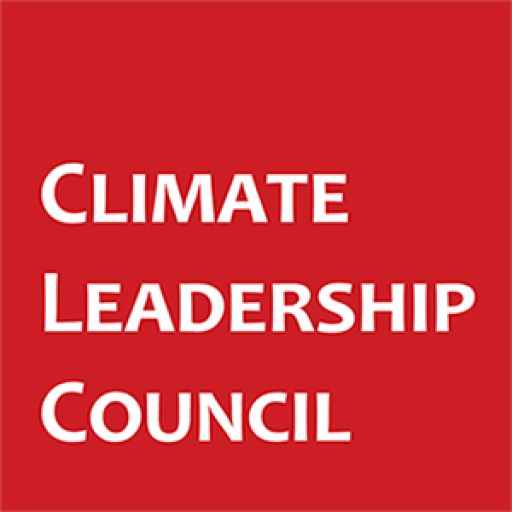Trade is a mass disseminator of resources, technology, and best practices. And yet, it is the most underdeveloped tool in the climate playbook. Increasingly, policymakers are considering trade policies to harness global market forces that promote climate, economic, and geopolitical objectives.
International conversations about implementing shared climate and trade approaches are continuing in earnest. G7 partners deepened their collaboration on climate clubs, emphasizing in this year’s communiques a shared belief that “trade and trade policies are important tools to tackle climate change.” At COP28 in Dubai, the international climate dialog will take up the subject of trade on its official agenda for the first time.
Growing international interest in trade tools reflects a burgeoning appreciation for the policy set’s benefits. Those include the unique ability to:
- accelerate international climate ambition by closing the carbon loophole and improving accountability for high emitters;
- strengthen diplomatic and commercial ties between climate-ambitious countries via new trade agreements and opportunities;
- leverage international market forces to reward and expand opportunities for the cleanest firms across industries; and
- counterbalance the market and geopolitical influence of high-emitting regimes like China and Russia.
As the international community explores changes to the rules-based trading system that consider climate impacts, new opportunities for collaboration and partnerships will continue to expand. Through these conversations, countries can advance new unilateral and bilateral approaches to trade that align market incentives with shared goals for decarbonization and supply chain security and resiliency.
It’s a creative time in the policy development stage: the EU carbon border adjustment mechanism, the first of its kind, will go into effect in October of this year and begin requiring carbon intensity data for certain imported goods. Consultations on border adjustment proposals are open in the U.K. and Canada, and a handful of other countries have expressed interest in starting a similar process.
Interest is accelerating in Washington, too, as diverse political interests seize the opportunity to advance climate, economic, and geopolitical aims.
The Biden administration is negotiating a new approach to trade in carbon-intensive goods with the European Union via the Global Arrangement for Sustainable Steel and Aluminum. Members of Congress are actively discussing new approaches to charge imports on their carbon intensity; at least three legislative proposals addressing internationally traded emissions are expected to be introduced this year. Two are expected to direct the development of a new carbon intensity charge on U.S. imports.
The flurry of interest in Washington reflects the unique benefits that climate and trade policies can deliver for U.S. climate, economic, and geopolitical interests. Council research has demonstrated that a U.S. climate and trade policy can cut global emissions by an additional 600 million tons per year; that impact grows to 1.8 billion tons if we partner with all G7 countries. U.S. firms are already 44% more carbon efficient than the global average and are uniquely well situated to compete against the 75% of U.S. imports from more carbon-intensive countries as well as against more carbon-intensive competitors on the global stage. Clean U.S. producers are uniquely well positioned to reduce the leverage of bad actors, such as Russia and China, which are some of the most carbon-intensive manufacturers. Already, lower-carbon U.S. fuels and fertilizers are displacing Russian products in Europe and other overseas markets. Trade policies that address emissions will reduce the geopolitical leverage held by Russia and other resource economies on the global community simply by holding them accountable for their higher emissions profile. In turn, the U.S. government and American companies can expand their presence on the global stage.
Policymakers are actively exploring opportunities to harness these benefits through new legislation and accelerate toward a future that values trade in the cleanest, most innovative solutions. To ensure that these policies are designed well, it is important that stakeholders thoughtfully consider how to maximize the benefits of these new policies and minimize unintended consequences.
The Council met with a diverse group of stakeholders across business, environmental, labor, and political interests to consider preferred design elements for carbon intensity import fees. Through iterative conversations with policy experts and each other, and with the support of robust analysis, we began narrowing the aperture on elements most consistent with realizing environmental, diplomatic, competitive, and geopolitical benefits. The resulting principles provide a strong foundation for implementation and ensure sufficient flexibility that policies can be improved over time as the policy landscape, emissions measurement approaches, and administrative methods shift.
These principles — “recognizing and incentivizing environmental performance, harnessing international cooperation, balancing coverage and administrability, establishing a clear fee structure, including fair and transparent best practices, and accounting for various levels of development and participation” reflect the Council’s position and not necessarily the views of our stakeholders.
It is our hope that the principles can serve as a comprehensive framework for effective climate and trade policies as interest in this path continues to grow.
